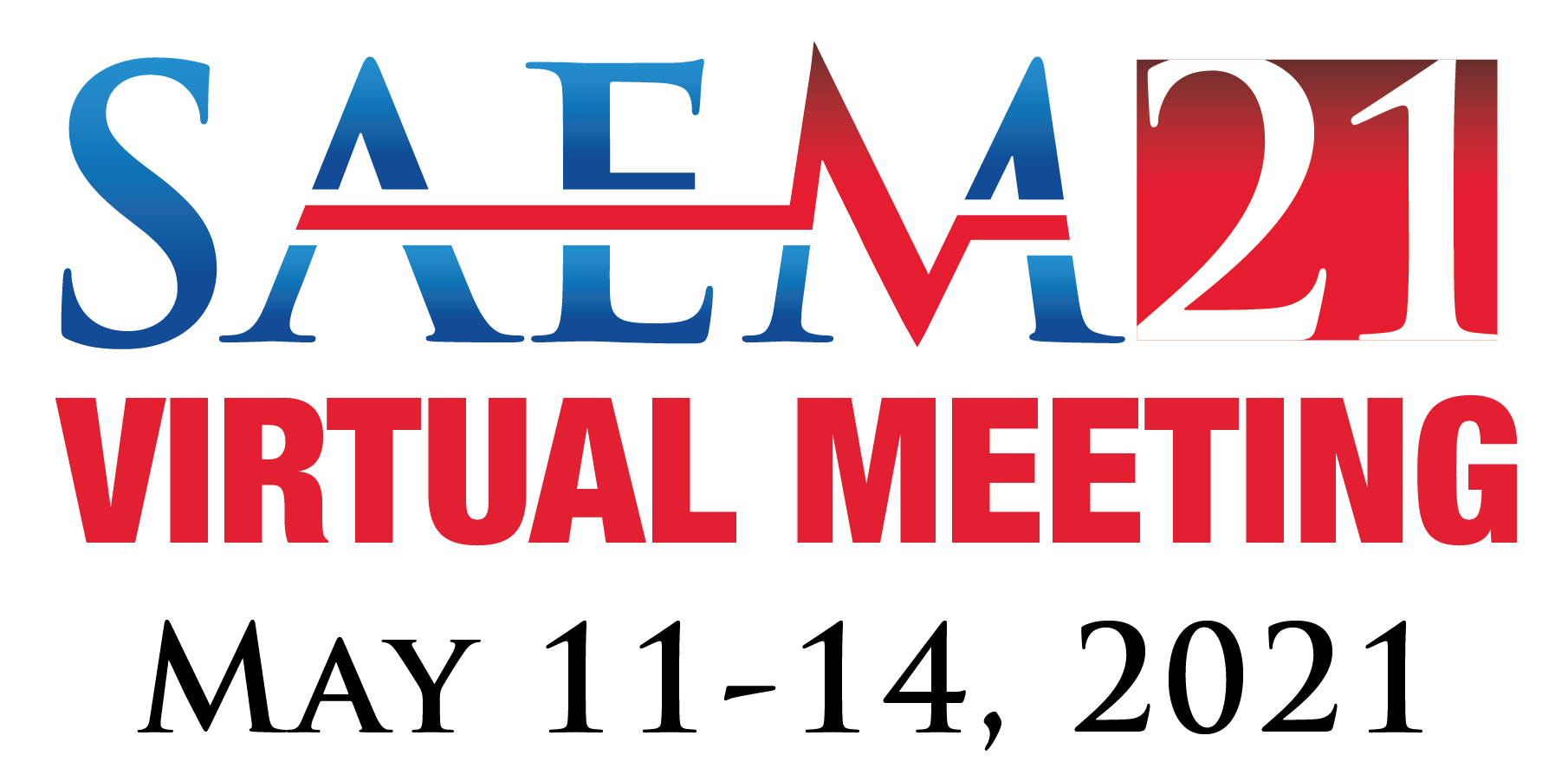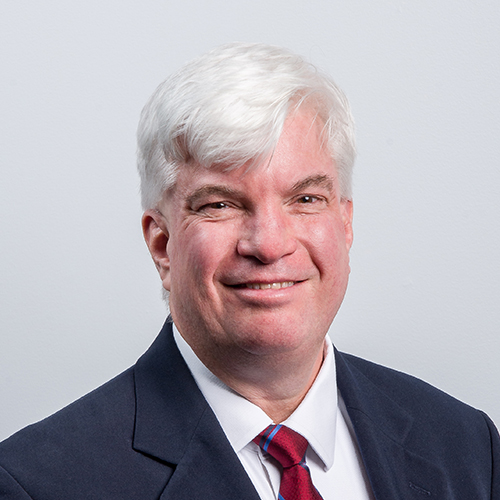NEWS | May 13, 2021

Sense Neuro Diagnostics CTO and medical co-founder George Shaw MD, PhD presented promising new data about Sense’s non-invasive triage technology at the Society of Academic Emergency Medicine’s 2021 Virtual Annual Meeting. There is a substantial clinical need to improve stroke subtype classification in a pre-hospital environment, because stroke therapies are extremely time-dependent and available at a limited number of Comprehensive Stroke Centers. Often, a patient believed to be suffering a stroke is simply taken to the nearest hospital, delaying critical care and diminishing outcome.
In his presentation titled, “Pilot Study of a Non-Invasive RF Method to Determine Stroke Subtype” Dr. Shaw detailed the design and results from a first-in-human pilot study of Sense’s triage technology. The Sense device is a headset equipped with antennae that transmit a low-power tailored radio frequency (RF) pulse across the brain. RF is partially scattered by hemorrhage or ischemic brain tissue that differs from normal brain. A neural network classifier algorithm was used to distinguish between patients with no stroke, ischemic stroke with or without large vessel occlusion (LVO, AIS), and intracranial hemorrhage (ICH).
Twenty subjects enrolled in the study– 3 control, 7 AIS, 5 ICH, 5 LVO. The neural network classifier was able to correctly classify stroke subtype 99% of the time. There were no safety concerns.
“The first-in-human study results support our hypothesis and represent an important step in our development of triage technology to address a clinical need to improve detection and treatment of stroke and brain injury patients,” said George Shaw, MD, PhD, co-founder and Chief Technology Officer of Sense Neuro Diagnostics.

